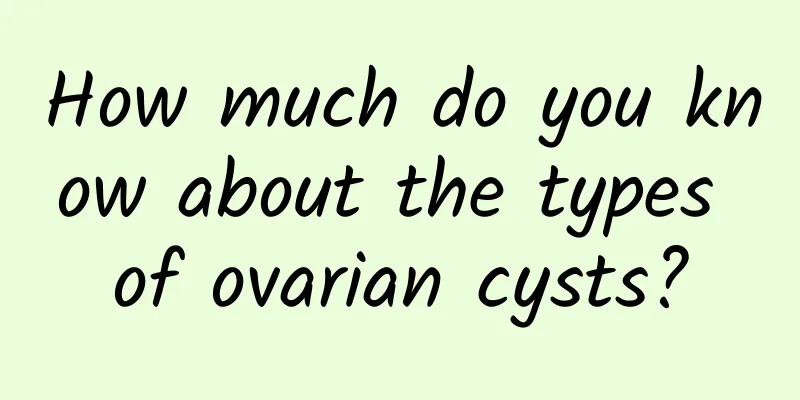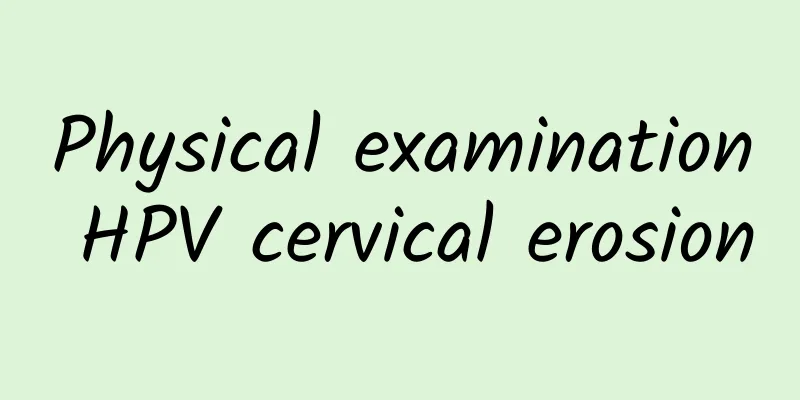How many days do you usually take progesterone to induce menstruation?

|
Progesterone is usually taken continuously for 10 days to induce menstruation. Progesterone is a hormone produced naturally in the human body that plays an important role in the second stage of the menstrual cycle, the luteal phase after ovulation. Progesterone helps maintain the thickness of the endometrium, providing good conditions for the implantation of the fertilized egg. But sometimes, due to various reasons, the corpus luteum is insufficient, and doctors will consider inducing menstruation, that is, taking progesterone to induce menstruation. In this case, it is generally recommended to take progesterone for 10 consecutive days. Using progesterone to induce menstruation under the guidance of a doctor can help adjust the menstrual cycle and make menstruation more regular. By taking progesterone, menstruation can be effectively induced in a short period of time to avoid the discomfort caused by irregular menstruation. At the same time, progesterone can promote the shedding of the endometrium, remove waste from the body, and is beneficial to uterine health. If menstruation does not occur after taking progesterone for 10 consecutive days, it is recommended to see a doctor in time to find out the cause. It may be due to other diseases that cause irregular menstruation, and it is very important to detect and treat it in time. In addition, there will be some side effects after inducing menstruation, such as dizziness, breast pain, etc. Generally, these side effects will be relieved by themselves after stopping the drug. If the symptoms are serious, you should see a doctor as soon as possible. Progesterone is a safe and effective method to induce menstruation, but it must be done under the guidance of a doctor. Follow the doctor's instructions to use the drug correctly, and do not abuse or change the dosage without authorization. At the same time, you should also pay attention to maintaining good living habits, a reasonable diet, and moderate exercise, which will help regulate menstruation and maintain good health. I hope every woman can have a healthy menstrual cycle and body. |
<<: What causes pelvic inflammatory disease in women?
>>: What are the early symptoms of left ovarian cyst pain?
Recommend
Can pelvic inflammatory disease cause infertility?
Can pelvic inflammatory disease cause infertility...
What should be paid attention to before uterine fibroid surgery? Under what circumstances does uterine fibroid need to be removed?
Women must understand this before undergoing surg...
What should women with habitual miscarriage do? Pay attention to these 5 points in daily life
Under what circumstances will pregnant women have...
What are intramural uterine fibroids? What are the treatments for intramural uterine fibroids?
Women hate uterine fibroids. The harm of this dis...
The nutritional diet of the elderly has changed
Taiwan has gradually entered an aging society! Ac...
The pectoralis major muscle was ruptured during bench press training! Master 4 principles to avoid sports injuries
Fitness is popular in China, and "bench pres...
8 factors that cause irregular menstruation. Irregular menstruation requires maintaining good living habits
If women of childbearing age are under long-term ...
What does cervical hypertrophy mean?
Cervical hypertrophy is usually caused by chronic...
How much does it cost to get an abortion in Hangzhou?
With the opening of the social atmosphere, more a...
Do I need to take anti-inflammatory injections after abortion?
Whether you need to take an anti-inflammatory inj...
Exercise 10 times a day to get rid of belly fat
Summer is here and bikini season is upon us. Ther...
The main symptoms of acute cervicitis
The symptoms of acute cervicitis are relatively r...
What foods are good for patients with cervical warts?
How should patients with cervical warts eat? Cerv...
8 abortions caused the uterus to "die"
She had had eight abortions, and now the doctor t...
5 common hazards of uterine fibroids
Uterine fibroids, also known as uterine leiomyoma...









